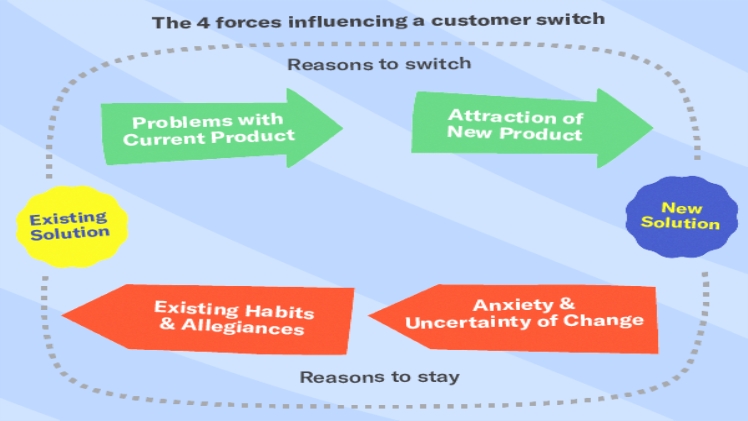In the previous section, we showed how the attributes of the innovation affect its rate of adoption. As noted, a fashion firm may employ various Freshwap practices to move consumers through the adoption process, but two consumers exposed to the same practices will likely move through at different paces because of their personal characteristics.
The present section illustrates how consumers are Merdb categorized into segments according to the rate at which they adopt an innovation. The categories of adopters are innovators, early adopters, early majority, late majority, and laggards (referred to as late adopters to avoid the negative connotations associated with the term “laggard”) (Rogers, 2003).
The next three subsections focus on fashion change agents: innovators, early adopters, and Sportspress opinion leaders (i.e., market mavens), because most of the literature focuses on these change agents and because they are particularly important to launching Codeplex a successful innovation. Figure 2.4 shows the approximate distribution of adopters in the different categories. Innovators: Characteristics, motivations, and roles Innovators are the first individuals to adopt an innovation. They may even be the creators of the innovation when trends begin on the streets.
They make up only a small percentage (2.5%) of all Elibrary those who adopt a new product or innovation. They are characterized as colorful, contemporary, indulgent, venturesome, rash, daring, and risk takers (Phau & Lo, 2004; Rogers, 2003). DeeDee Gordon, a marketing consultant to the advertising firm for the Converse and Airwalk brands, described innovators:
These are kids who are outcasts in some way. It does not matter whether it’s actually true. They feel that way.
They pick up on bigger-picture things, whereas the mainstream kids think about being overweight . . . or how they are doing in school. You see more activists in trendsetters. People with more passion . . . somebody who is an individual, who definitely sets herself apart from everybody else, who doesn’t look like her peers. (Gladwell, 2002, p. 208) In terms of consumer behavior, innovators tend to buy new products sooner than other consumers (Midgely & Dowling, 1978) and tend to switch to new
